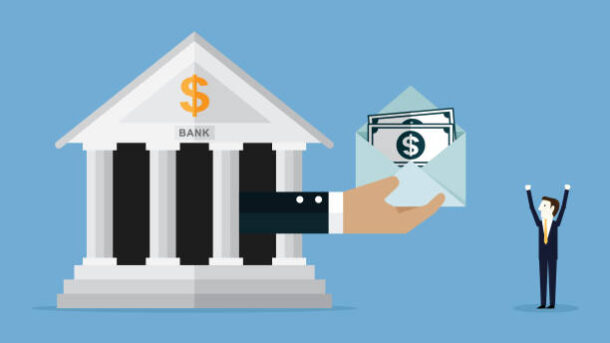Borrowing, as a vital tool in modern financial life, can help individuals handle emergency expenses or upgrade consumption, but it may also lead to debt traps due to blind operations. Data shows that China’s consumer loan balance has exceeded 5.5 trillion yuan, and debt disputes caused by excessive borrowing have increased by 18% in the past three years. How to borrow scientifically and avoid risks? This article analyzes borrowing from three dimensions: logic, type selection, and risk control strategies.

I. The Underlying Logic of Borrowing: Balancing Needs and Costs
The essence of borrowing is “prepaying future income,” with the core being to assess whether the value of fund usage exceeds costs. Common borrowing needs fall into three categories:
- Emergency borrowing: For sudden medical expenses or unemployment 过渡期 (transitional periods), prioritize fund availability. Choose bank credit card emergency installments or short-term loans from formal platforms, with annual interest rates typically controlled at 12%-24%.
- Consumptive borrowing: Used for car purchases, education, travel, etc. Calculate the time value of funds. For example, if a car installment plan has an annual interest rate of 6%, but the funds can yield 8% through other investments, loans creates positive value.
- Investment borrowing: Such as startup financing or property down payments, requiring strict evaluation of whether the return on investment covers costs. Historical data shows that the failure rate of starting a business with high-interest loans (e.g., annualized over 36%) exceeds 70%.
Warning case: A white-collar worker borrowed 5,000 yuan through a 714 high-interest loan (7-14-day usury), which snowballed to 100,000 yuan due to overdue payments, eventually leading to credit bankruptcy. This reveals the fatal risk of “borrowing to repay debt.”
II. Comparison of Borrowing Types: From Formal Channels to Risk Boundaries
| Borrowing Type | Typical Channels | Annual Interest Rate Range | Advantages | Risk Warnings |
|---|---|---|---|---|
| Bank loans | Consumer loans, credit cards | 5%-18% | Low interest, strong compliance | Strict approval, lengthy processes |
| Licensed financial institutions | WeLend, Jiebei | 10.95%-24% | Fast disbursement, flexible limits | Overdue affects credit history |
| Online microloan platforms | Unlicensed P2P | 24%-36% | Low threshold | Hidden liquidated damages, violent collection |
| Private lending | Relatives, underground banks | 15%-unlimited | Simple processes | Prone to legal disputes, usury risks |
Selection principle: Priority order: “Bank loans > Licensed institutions > Compliant online loans > Private lending”. For example, credit card installment annual interest is about 15%, while a non-licensed platform’s “daily interest of 0.095%” converts to an annualized 34.67%—a cost difference of over twice.
III. Risk Control Strategies: Building Debt Safety Margins
- Debt-to-income ratio warning line: Monthly loan repayments should not exceed 30% of monthly income. For a 10,000-yuan salary, total monthly installments across all loans should be within 3,000 yuan.
- Establish an emergency fund: Set aside 3-6 months of living expenses to avoid being forced into usury due to sudden events like unemployment.
- Contract review key points:
- Verify if the “comprehensive annual interest rate” is clear (legal protection ≤24%);
- Beware of “discount interest” (e.g., borrowing 10,000 yuan with a 2,000-yuan handling fee deducted upfront);
- Refuse to sign blank contracts or authorize others to sign on your behalf.
- Overdue remedial measures:
- Negotiate extensions with the lender immediately—most formal platforms offer a 1-3-day grace period;
- If trapped in multiple debts, apply for “debt restructuring” to merge high-interest loans into low-interest installments through formal institutions.
IV. Borrowing Ethics and Long-term Planning
Truly healthy borrowing should align with the consumption concept of “living within one’s means.” A financial writer’s practice is worth referencing: Limit credit card limits to 1.5 times monthly salary, and ensure all loans meet “annualized return on fund investment > borrowing interest rate + 5%.” This “risk premium thinking” effectively prevents borrowing from becoming a financial burden.
As Nobel Prize-winning economist Richard Thaler said: “The value of financial tools lies not in amplifying desires but in smoothing financial needs across different life stages.” The essence of rational borrowing is to use financial rules to safeguard life’s certainty, not to overdraw future possibilities.



